Most ranchers are skilled at spotting the types of plants they don’t want – the invasives or non-desirables – from a mile away. But Noble Research Institute advisors challenge land managers to instead start looking for the plants they do want, and then manage for more.
“Our plants tell us a lot about the management that has occurred on the landscape,” Noble regenerative ranching manager Josh Gaskamp says. For better or worse, “If we have a deeper understanding of the types of plant we have, we have a fuller picture of if our management is leading us in a good direction or not.”
Gaskamp and Noble regenerative ranching advisor Will Moseley say that being able to identify the species and functional groupings of the plants you have on your ranch is key.
“If we want to get closer to grazing 365 days a year – with the aim to be more self-sufficient, reduce costs, become more profitable – we have to be able to identify and manage for the kinds of plant species we really want out there,” Gaskamp says.
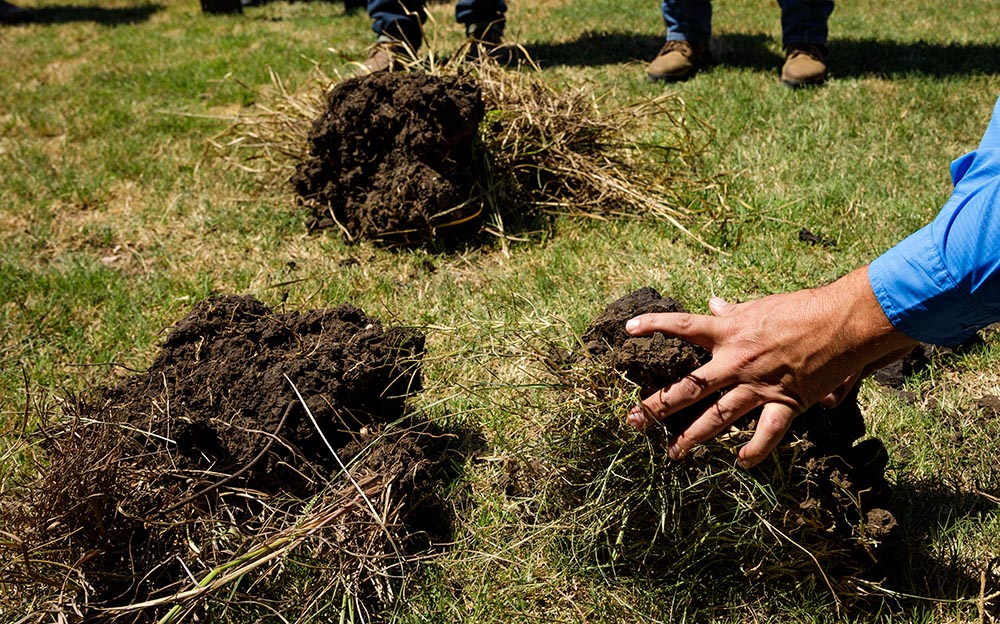
KNOW YOUR CONTEXT
If your primary grazing goals are to utilize and enhance native pastures, start with research on what the primary native grass species would be in your state or ecoregion. That might be as simple as a Google search of “native grasses in the Nebraska Sandhills” or “native grass species for Cross Timbers, southern Oklahoma” or “native plant species in Kansas Flint Hills.”
The Southern Great Plains, particularly the regions of Texas and Oklahoma where Noble has traditionally focused research efforts, have what they call ‘The Big Five’: Indiangrass, big bluestem, little bluestem, switchgrass and eastern gama grass.
“If you’re managing native pastures in the Southern Great Plains, these are likely the grasses you want to be shooting for,” Gaskamp says. “They have the highest production capacity; they have the deepest root systems; they’re best at building soil; and they thrive in the natural systems and cycles of that region.”
USE YOUR RESOURCES
Use a field guide book, Google Images or the Noble Plant Image Gallery to get a mental picture of the most important species in your region in various stages of growth. These images will serve as your best indicators of the healthy native grass ecosystem. A local or regional bookstore will likely offer a selection of local field guides. A local extension agent, NRCS or USDA office, neighbor, fellow ranchers or university staff may offer recommendations for their favorite plant identification field guides in your region.
For more on-the-go identification, smart phone applications are helpful tools to start sorting out grasses, forbs and other species you inventory in the pasture.
Gaskamp especially likes the SEEK app, which uses the phone’s camera feature to capture a plant image for identification and stores a digital library of when and where you’ve previously identified species in the past. The PictureThis app has similar features. SEEK can also identify bugs, birds, and other animals, which aid your observations as you monitor your pasture health.
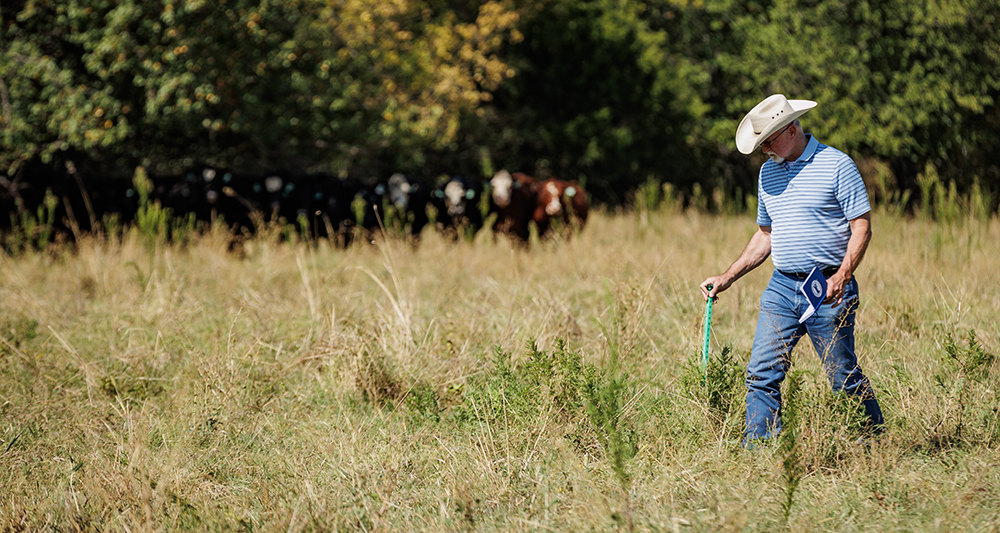
USE GRAZING MANAGEMENT TO AIM FOR MORE GROWTH
Once you have identified and can confidently spot your primary grass species targets, start looking for diversity.
To measure progress in this area, you don’t have to know the names of every plant on the land. Being able to classify warm-season grasses verses cool-season grasses and assessing your stock of annual verses perennials are good places to start.
Next, knowing how to identify the developmental markers of target plant growth stages will help you graze in ways that grow more. In this, timing is everything.
In the first stage of a plant’s life, all of the plant’s energy is pulled from the seed or from carbohydrates stored in the roots. Once the plant grows enough leaves to effectively capture sunlight and convert the sunlight to energy, it enters phase II, in which it can collect and send energy back to the roots for storage. In phase III, the plant begins putting energy into producing seed, leaves begin to brown, and energy availability reduces.
If the plant is grazed in phase I, it often doesn’t have enough energy – or it takes far more energy out of storage – to regenerate and continue growing. Producers may graze plants in phase III as stockpiled forage or standing hay, but these plants have already put energy into seed production, will have little recovery potential in the current growing season and have lower nutritive value.
However, if the plant is grazed in phase II, and is not grazed back to phase I, it will continue to capture sunlight energy and quickly regenerate when given recovery time. This is where the ideas all come together, Moseley says.
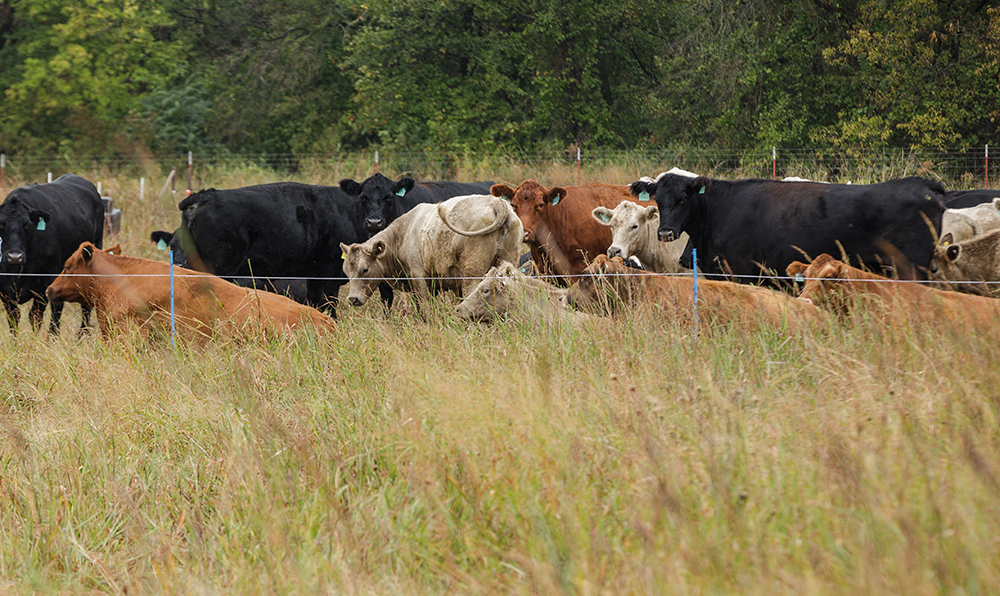
LET THE PLANTS BE YOUR GRAZING GUIDE
If you’re ranching in the Southern Great Plains and you’ve identified one or two of the ‘Big 5’ primary targets in terms of native rangeland health, Moseley suggest using one of these primary grasses as your keystone marker in grazing decision-making.
“Once you identify the plants that you want to use as your triggers – pick Indiangrass, for example. It’s a really good grass, high-palatable, high-succession-type grass. So when I move into a grazing paddock, I’m using my Indiangrass as my measuring stick, my indicator,” Moseley says.
You might choose to move into a paddock when the Indiangrass is in growth stage II with 3-6 leaves on and then leave that paddock before the Indiangrass has been overgrazed, to allow for rapid recovery.
“If done right, this kind of grazing will help you create more diversity, and more productivity,” he says.
“You don’t really have to know the name of every plant out there. You sure don’t need to know the Latin name or every scientific aspect of it,” Moseley says. “You need to know what you have, in the terms that help you make the best decisions.”
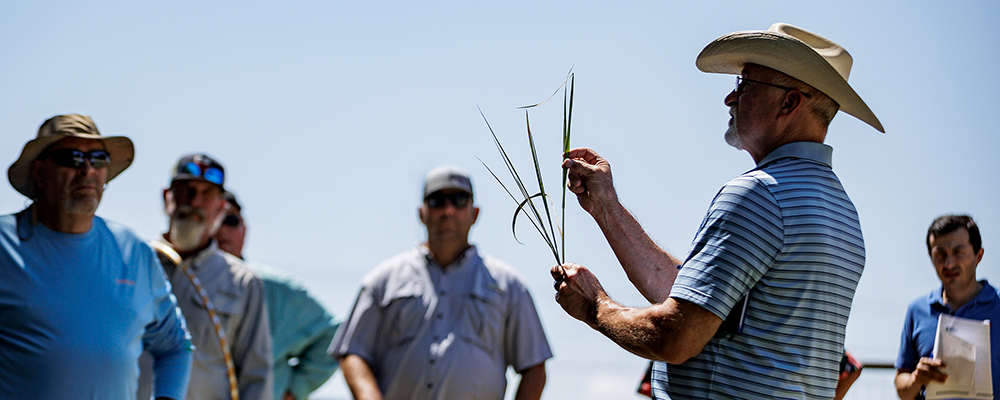
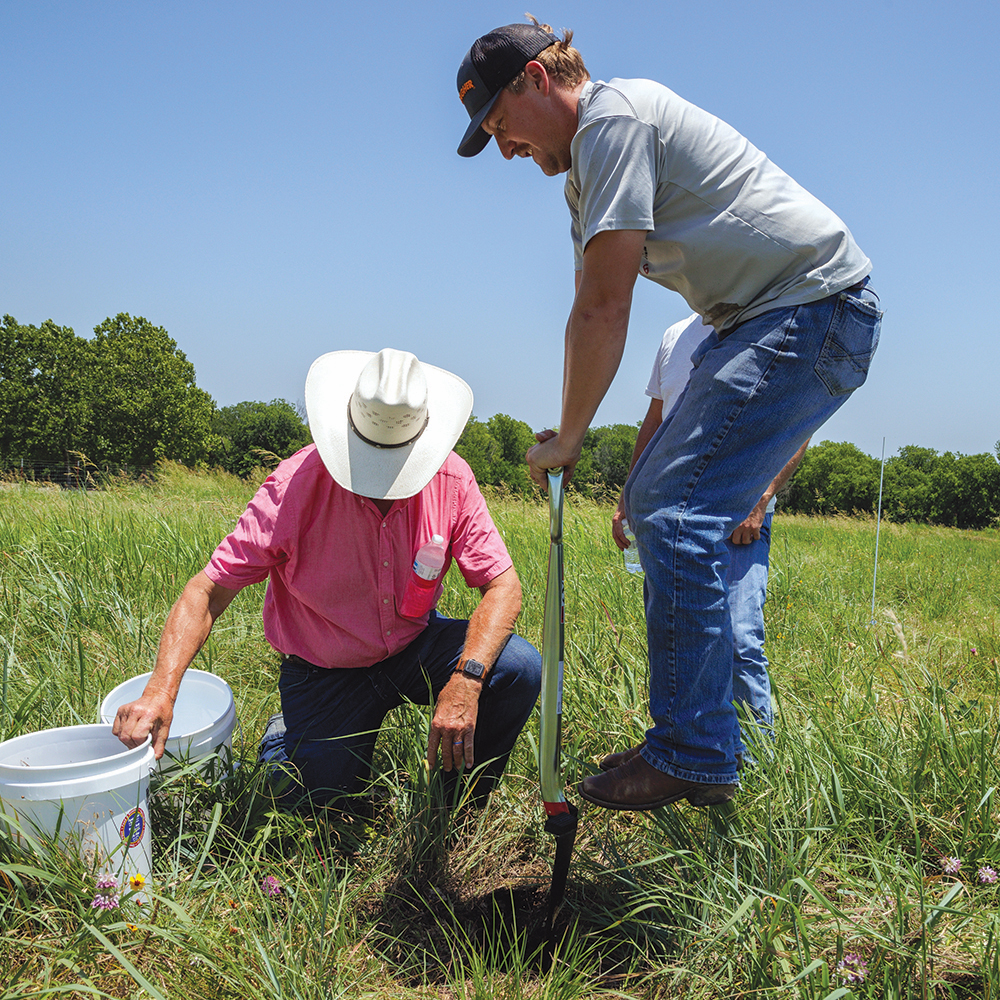

Comments